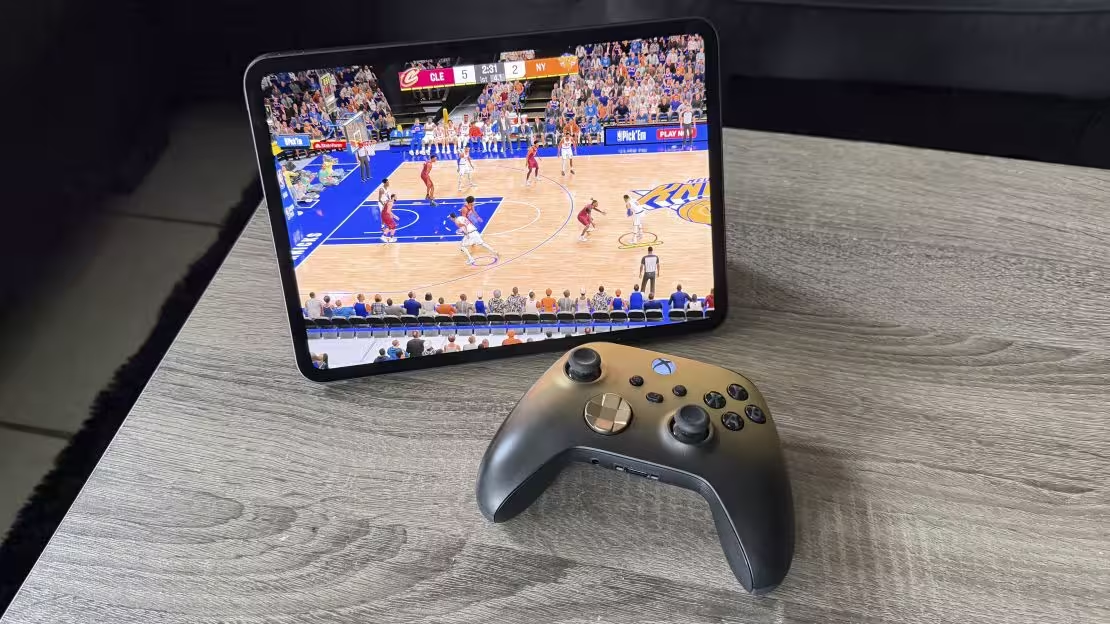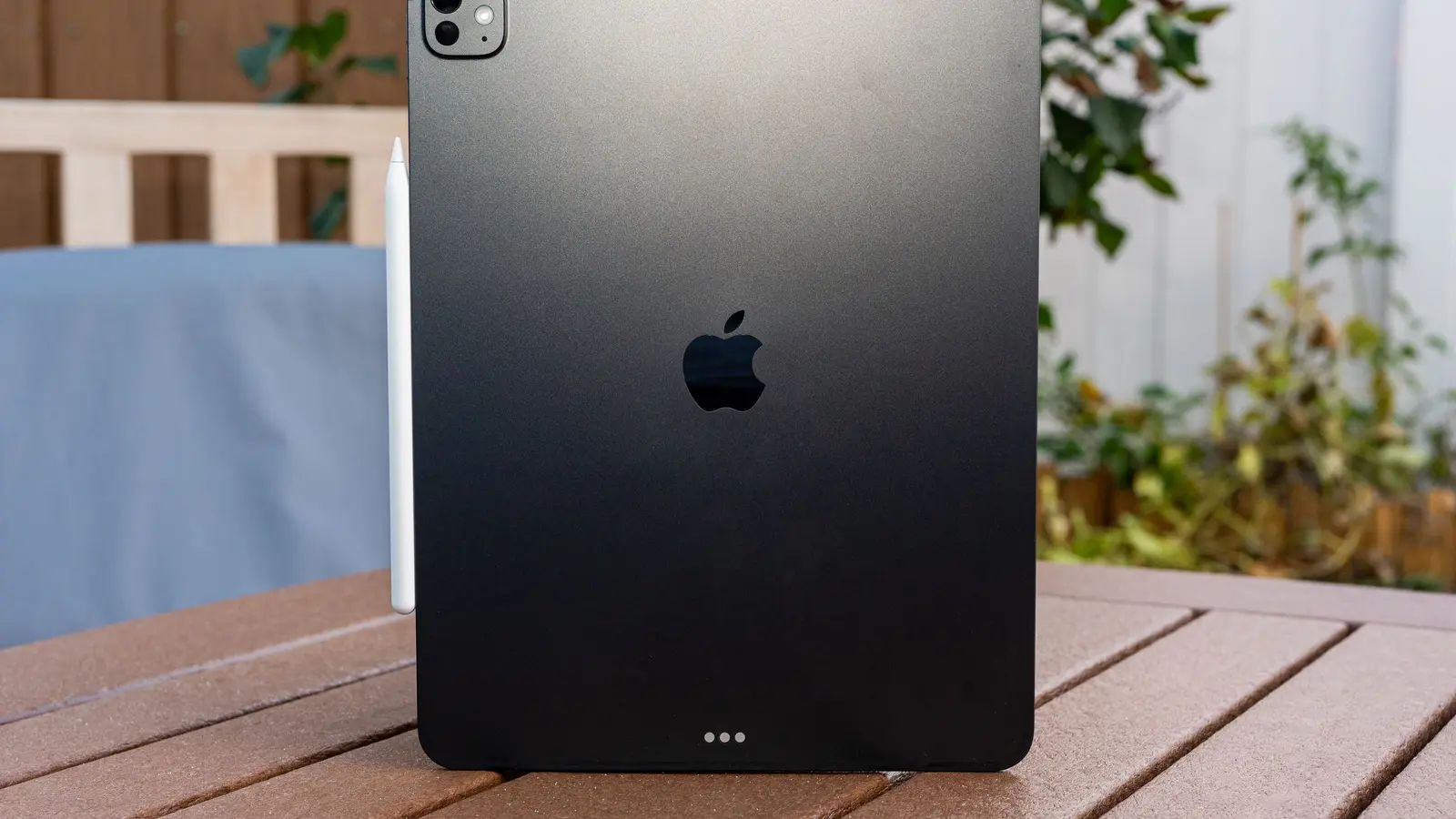4 Minutes
Apple’s M5 iPad Pro isn’t just a spec bump — hands-on tests show it delivers a meaningful step up in real-world AAA gaming. A recent deep-dive from YouTuber MrMacRight compares the 16GB M5 model against M4 and M1 iPad Pros, revealing better sustained frame rates and cooler thermals, but also highlighting where game ports still lag behind.
Sustained performance wins the day
The M5 iPad Pro tested featured a 10‑core CPU and 16GB of RAM. Instead of short benchmark bursts, MrMacRight ran extended sessions of demanding titles — Resident Evil 4, Death Stranding, and Assassin’s Creed Mirage — using their native iPad or App Store ports with consistent settings for fairness.
Where the M5 really shines is in sustained performance. Under extended load it kept frame rates smooth and device temperatures lower for much longer than the M4. In Resident Evil 4, the M5 typically sat around 50–60 FPS on balanced settings. By contrast, the M4 tended to hang in the mid‑40s and the older M1 struggled to reach 20 FPS in the same runs.

Death Stranding shows what native ports can achieve
Death Stranding was especially impressive on the M5. Running natively at 1080p with very high visual settings, the game held a steady 30 FPS and felt sharp without the fuzz of aggressive upscaling. Drop settings to a more balanced profile and the M5 delivered 60 FPS. Minor ghosting appeared on the larger display, but overall the experience looked and felt closer to a console than anything we’ve seen from an iPad before.
When ports hold back performance
Not every title benefited from Apple’s silicon. Assassin’s Creed Mirage was stubbornly locked to 30 FPS regardless of graphical presets, and frequent stutters combined with fixed resolution scaling made the gameplay feel rough. That points to optimization issues in the port itself rather than a hardware ceiling — a reminder that raw power and a smooth user experience aren’t the same thing.
Quick test takeaways
- M5 delivers stronger sustained FPS and better thermals than M4 and M1.
- Some native ports (like Death Stranding) run impressively well at 1080p.
- Other ports (Assassin’s Creed Mirage) reveal optimization constraints, not chip limits.
What this means for gamers and developers
For gamers, the M5 iPad Pro is a major step forward: it can handle console‑grade games for longer and cooler sessions, particularly when developers optimize builds for iPadOS. But if you’re hoping the tablet will outright replace a PlayStation or Xbox, the answer is still “not yet.” The bottleneck increasingly sits with software ports and tuning rather than raw silicon.
For developers, the takeaway is clear: Apple’s hardware is ready. To unlock the full potential of the M5, studios need to fine‑tune performance profiles, address stuttering and frame‑cap restrictions, and take advantage of the iPad’s thermal headroom. When that happens, tablets could become a far more compelling platform for AAA gaming.
In short: the M5 iPad Pro brings meaningful, measurable gains over the M4 — but the gaming experience will vary title by title. Expect better performance overall, but keep an eye on how well each game has been ported.
Source: gizmochina


Leave a Comment